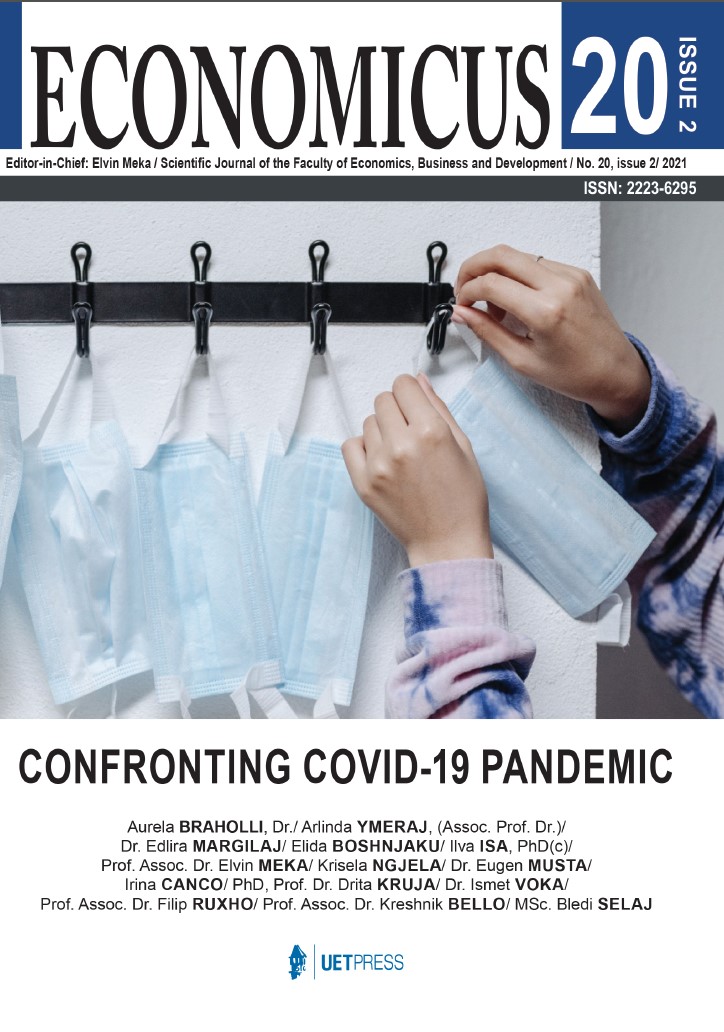©, the protector of the original intellectual works
©, the protector of the original intellectual works
Author(s): Kreshnik Bello, Bledi SELAJSubject(s): National Economy, Business Economy / Management, Accounting - Business Administration, Business Ethics
Published by: Shtëpia botuese “UET Press”
Keywords: copyright; copyright management (protection); companies in Albania;
Summary/Abstract: Imagination feeds progress in the arts as well as science. Music, painting, sculpture, architecture, novels and other works of art, are created by individuals who are not content with the old, and instead see and express ideas and emotions in new ways. Copyright protects original works of authorship fixed in a tangible medium of expression. It protects literature (e.g. poetry, musical lyrics, writings, software, etc.), drama, music and choreographic works, pictorial, graphic and sculptural works (e.g. drawings, photos, blue prints, computer screen displays associated with software, buildings, etc.), and many other intellectual works.Original works are protected upon fixation. Notice, e.g. „© Name, Year, All Rights Reserved“, is not required, but is recommended. It bars innocent infringement defenses and may deter some copying. The copyrighted work may also be registered at the Copyright Office. Registration is generally required for filing an infringement action and provides enhanced remedies. Copyright registration is therefore recommended for works having commercial significance. Copyright management (protection) is seen as an important issue in the management of the firms and institutions, whose key products include written or audio and video materials. Those firms use copyright actively for protection. Under this general framework, it is important for us to understand (research) if the Copyright/s is/are important, for those entities. The methodology used in this paper is unfolded with its own dimensions as: specification of the research subjects, tools used for the research, sampling, implementation plan, ethical issues and presentation of the research findings. The research is based on primary and secondary data collection and on the testing of the main Hypothesis. Some important conclusions are given at the end of the paper.
Journal: ECONOMICUS
- Issue Year: 20/2021
- Issue No: 2
- Page Range: 116-128
- Page Count: 13
- Language: English

